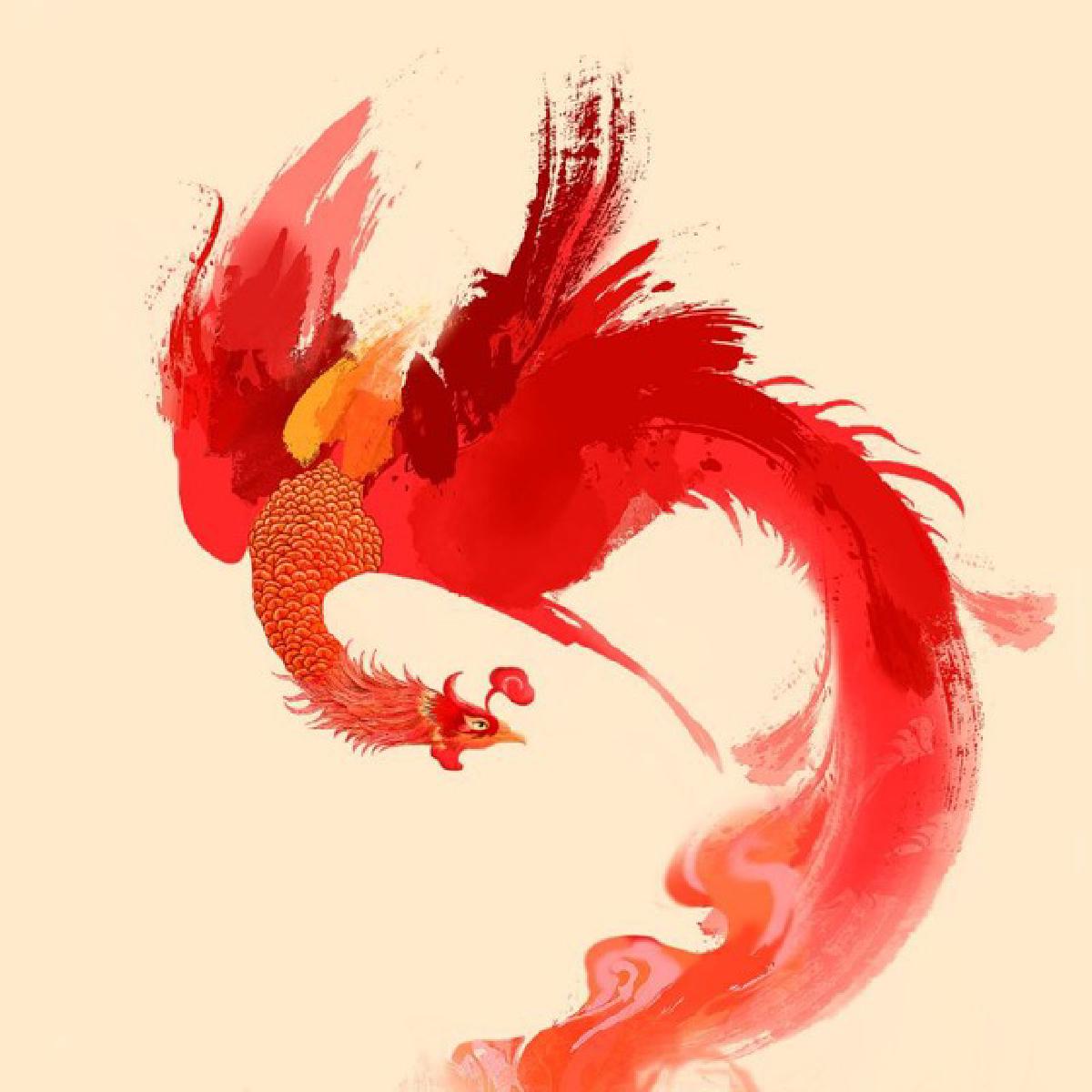LifeSource: Music in an Age of Therapeutic Anxiety#
I’ve carried a heavy skepticism about modern psychology for a long time. It’s a critique of the entire ecosystem—the diagnostic manuals that read like parts catalogs, and the learned language of disorder that can box the beautiful, chaotic mess of being human into neat, clinical terms. Lately, though, I’ve been trying to widen the frame of this judgment, to understand its roots beyond my own gut feelings. This expansion, inevitably, has led me back to the one thing that has always felt like an unshakeable truth: art. To be precise, music.
But to get there, we have to untangle a fundamental mistranslation, not just of words, but of entire worlds. The Persian word “روانشناسی” (ravanshenasi) is not a true synonym for the English word “psychology.” They spring from different soil. What the West developed is Psyche-ology. The “psyche” from “Psukhē,” which lived in the realm of philosophy, pointed toward the soul, the self. The giants of the field—your Freuds, your Yaloms—were mapping this interior, self-reported continent. It was a geography of the subject, but it was curiously disembodied.
And we know who to thank for that schism: Descartes.
His brutal, two-sided coin—the division of a human into res cogitans (the thinking thing) and res extensa (the extended thing)—created a fracture line that Western thought has been trying to bridge ever since. It was the birth of the body and the anti-body. (It’s crucial to note here that our own Islamic philosophical tradition brought forward the concept of “Nafs,” which carries a different, more integrated resonance). So, if Western psychology is built on this split, what then is ravanshenasi supposed to be? What is this “ravān” that the whole discipline is named after?
This foundational confusion is at the heart of many modern critiques. Psychology, the bastard child of philosophy, is forced to wrestle with qualitative, slippery things like meaning and emotion. But desperate for a seat at the table of “hard science,” it often clings only to what it can count and measure. This has consequences that echo far beyond academic debates.
The Replication Crisis and the “Therapeutic” Treadmill#
In the last decade, the field has been rocked by the Replication Crisis. Landmark studies, particularly in social psychology, have proven impossible to reproduce. A massive project by the Open Science Collaboration in 2015 found that fewer than half of 100 studied psychological experiments could be reliably replicated. This isn’t just an academic footnote; it suggests that many of the “facts” we accept about human behavior are built on shaky ground.
This crisis of validity is compounded by a crisis of purpose. As writers like Carl Cederström and André Spicer argue in their book “The Wellness Syndrome,” mental health has been transformed into a moral imperative. Wellness is no longer about feeling better; it’s about being a “good” and “productive” citizen. Therapy becomes less about healing acute suffering and more about perpetual self-optimization. The goalposts keep moving. There is no “final outcome” where you wouldn’t need it, because the modern economy thrives on a state of productive anxiety, and the therapeutic industry is there to manage it. We are caught on a treadmill, forever working on ourselves, forever in need of guidance.
The Gendered Lens of Diagnosis#
This system is not neutral. The very definitions of mental health and illness are often deeply gendered. As philosopher Sandra Harding and others have pointed out, what counts as “objective” science has historically been shaped by male perspectives.
This bias is starkly evident in diagnostic history. The concept of “hysteria,” derived from the Greek hystera for womb, pathologized female emotion for centuries. While hysteria is now a relic, its echoes remain. Conditions like Borderline Personality Disorder (BPD) and Histrionic Personality Disorder are diagnosed disproportionately in women and often serve as modern labels for “problematic” emotional expression. Conversely, as studies like the one by R. W. Connell on “hegemonic masculinity” outline, male emotional stoicism is often the unexamined norm, leading to the under-diagnosis of depression and anxiety in men, who may express distress through socially sanctioned anger or substance use.
The system doesn’t just treat men and women differently; it defines health and sickness through a lens that has historically privileged male rationality and pathologized female emotionality, effectively medicalizing the consequences of patriarchy itself.
Reclaiming the “Ravān”: The Space Between#
So, if the modern discipline is plagued by irreproducible science, a treadmill of self-optimization, and embedded gender biases, what is the alternative? This is where we must return to the concept of “ravān.”
We have this word because of our cultural and spiritual history, which encountered an element that was neither the cold logic of the mind nor the mere flesh of the body. We called it “Ruh”—the spirit.
What is ravān?
- The Mind is the citadel. It’s a structured entity of preferences, ethics, and logic.
- The Body is the kingdom. It’s the system of limbs and organs, our physical extension in space.
Ravān is the land between the citadel and the kingdom. It is the road, the trade route, the very flow of communication and energy between the two.
The path from the Mind to the Body is Behavior. The path from the Body to the Mind is Perception.
Ravanshenasi(Psychology), in its truest sense, should be the study of this road. And the word ravān is so perfect because it means “flowing.” A healthy ravān is like flowing water—āb-e ravān: clear, dynamic, and unobstructed. It is the integration of our parts. It is wholeness.
Music as the Embodiment of Flow#
This is where the map of theory ends and the territory of lived experience begins. This is where we find music.
Music is the ravān.
Where does a piece of music truly exist? It is not the sheet music—that’s the mind, the architecture. It is not merely the physical vibration of a guitar string—that’s the body, the machinery.
Music manifests in the space between. It is the perfect, frictionless flow of intention into action, of feeling into form. When a musician is lost in the act, there is no gap. There is no cognitive mediation. The body becomes an instrument of the soul’s direct knowing. This state, which psychologist Mihaly Csikszentmihalyi famously identified as “flow,” is the psychological correlate of a healthy ravān.
Music requires no diagnosis, validates no gender stereotype, and demands no perpetual subscription. It is the proof, the living evidence, of that integration we all seek. It is the audible manifestation of a human being functioning as a complete, indivisible whole. In its rhythms, we find the pulse of the body; in its melodies, the yearning of the mind; and in the space between the notes, we hear the silent, flowing presence of the ravān itself.
It is not a treatment for a sick soul in a sick system; it is the sound of a soul, alive and flowing. It is the LifeSource, a reminder of a wholeness that exists before, and beyond, any diagnosis.
References#
- Open Science Collaboration. (2015). Estimating the reproducibility of psychological science. Science, 349(6251), aac4716.
- Cederström, C., & Spicer, A. (2015). The Wellness Syndrome. Polity Press.
- Harding, S. (1986). The Science Question in Feminism. Cornell University Press.
- Connell, R. W. (1995). Masculinities. University of California Press.
- Csikszentmihalyi, M. (1990). Flow: The Psychology of Optimal Experience. Harper & Row.
- Heidegger, M. (1927). Being and Time (J. Macquarrie & E. Robinson, Trans.). SCM Press.
- American Psychiatric Association. (2013). Diagnostic and Statistical Manual of Mental Disorders (5th ed.). Arlington, VA: American Psychiatric Publishing. (Cited for historical context of diagnoses like BPD and HPD).
- Szasz, T. S. (1961). The Myth of Mental Illness: Foundations of a Theory of Personal Conduct. Harper & Row. (For foundational critique of medical model in psychiatry).


